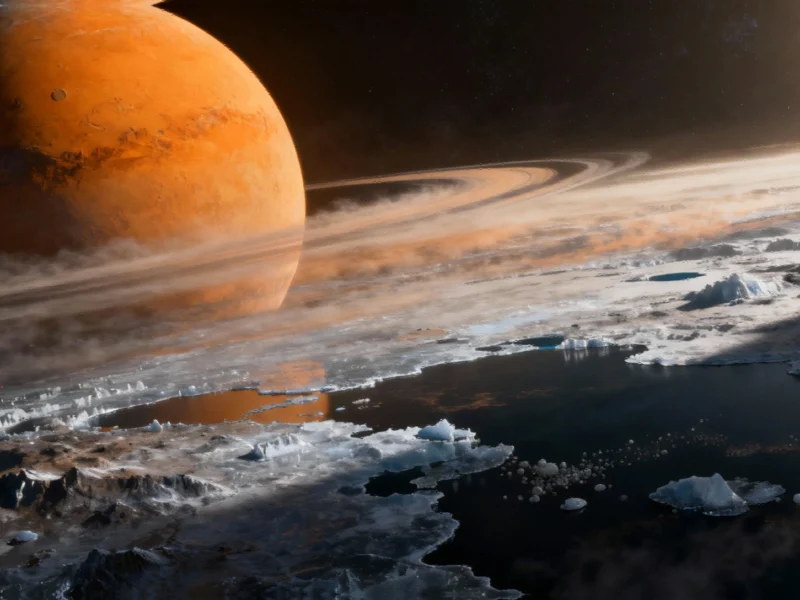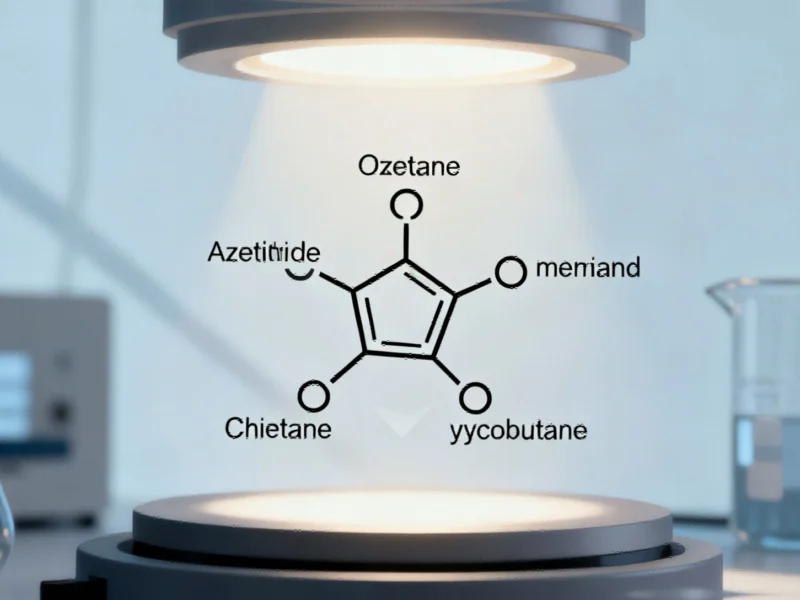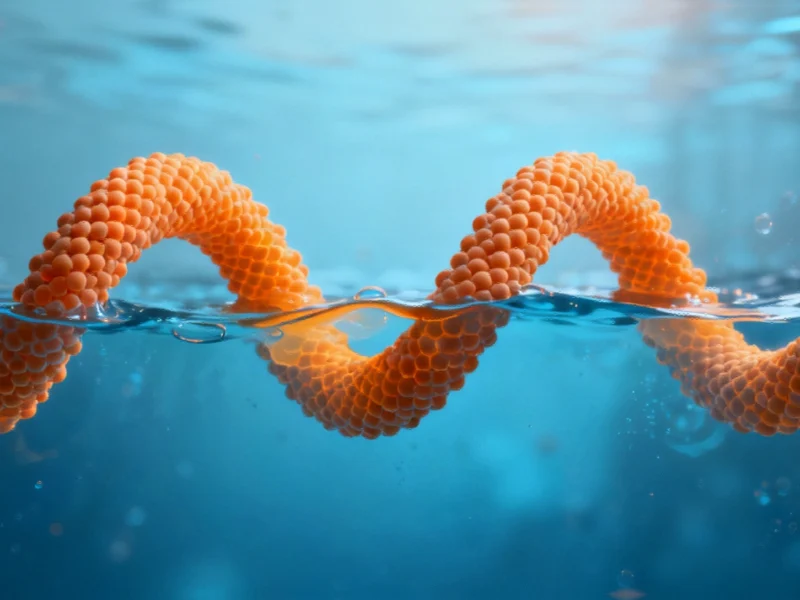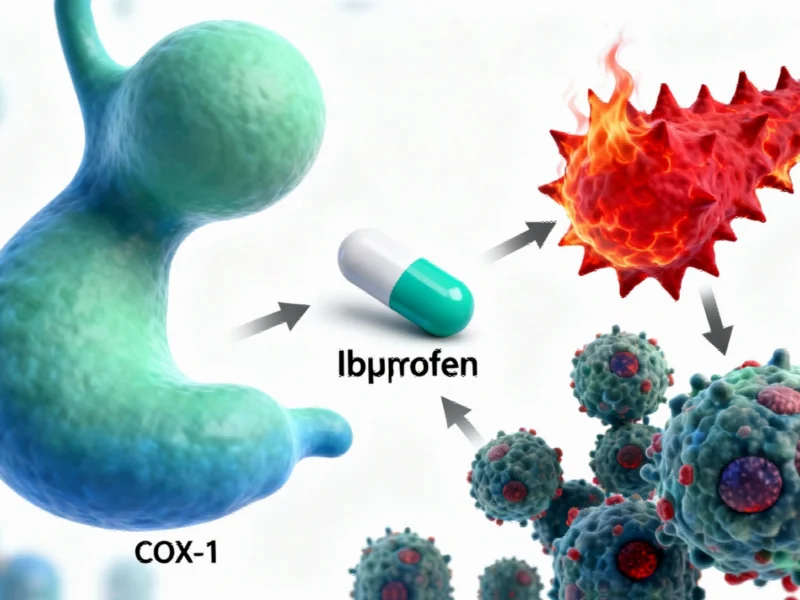Breaking Chemical Rules in Titan’s Frigid Environment
Researchers at Chalmers University of Technology in Sweden and NASA have made a groundbreaking discovery on Saturn’s largest moon that challenges fundamental chemistry principles, according to reports about chemical polarity. The findings, published in PNAS, reveal that in Titan’s extremely cold environment, substances that normally remain separate can unexpectedly combine, broadening our understanding of chemistry before life emerged.
Unprecedented Molecular Interactions Discovered
The research team found that hydrogen cyanide, an exceptionally polar molecule, can form crystals with completely nonpolar substances like methane and ethane under Titan’s conditions. Sources indicate this contradicts the long-standing chemistry rule of “like dissolves like,” where polar and nonpolar substances typically remain strictly separate, much like oil and water.
“These are very exciting findings that can help us understand something on a very large scale, a moon as big as the planet Mercury,” Martin Rahm, Associate Professor at Chalmers who led the study, stated in the report. The discovery was made possible through collaboration between Chalmers researchers and NASA’s Jet Propulsion Laboratory, where experiments were conducted at temperatures as low as -180 degrees Celsius.
Implications for Understanding Life’s Building Blocks
Analysts suggest this discovery could significantly impact how scientists understand abiogenesis, the process by which life arises from non-living matter. The report states that hydrogen cyanide likely plays a crucial role in creating life’s building blocks, including amino acids for protein construction and nucleobases needed for genetic code.
“The discovery of the unexpected interaction between these substances could affect how we understand Titan’s geology and its strange landscapes of lakes, seas and sand dunes,” Rahm explained. “Our work also contributes insights into chemistry before the emergence of life, and how it might proceed in extreme, inhospitable environments.”
Future Exploration with Dragonfly Mission
The findings come as NASA prepares for its Dragonfly mission to Titan, scheduled for launch in 2028 with expected arrival in 2034. Sources indicate the mission will specifically investigate prebiotic chemistry and search for signs of life on the enigmatic moon.
Researchers used large-scale computer simulations that predicted not only that the unexpected mixtures are stable under Titan’s conditions but also produced light spectra matching NASA’s measurements. According to the analysis, hydrocarbons had penetrated the crystal lattice of hydrogen cyanide and formed stable new structures known as co-crystals.
Broader Implications for Cosmic Chemistry
The report suggests these findings may extend beyond Titan to other cold environments throughout the universe. Hydrogen cyanide is found in many cosmic locations, including large dust clouds, planetary atmospheres, and comets, potentially making this discovery relevant to understanding chemistry in various space environments.
While this discovery challenges one of chemistry’s best-known rules, researchers don’t believe it’s time to rewrite chemistry textbooks entirely. “I see it as a nice example of when boundaries are moved in chemistry and a universally accepted rule does not always apply,” Rahm commented, emphasizing the ongoing nature of scientific discovery in extreme environments.
This article aggregates information from publicly available sources. All trademarks and copyrights belong to their respective owners.



